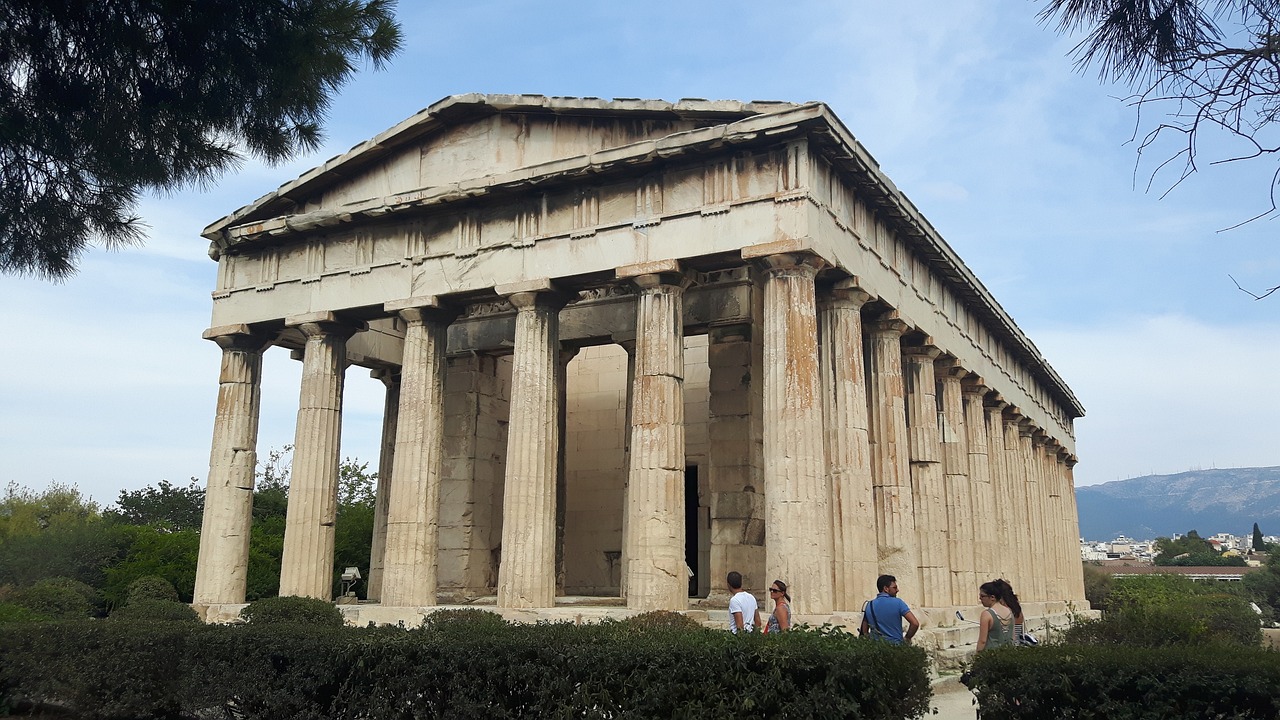Hephaistos: The Divine Craftsman
General Overview
Hephaistos, revered in Greek mythology, embodies various aspects of craftsmanship. His divine roles encompass metalworking, fire, volcanism, stone masonry, carpentry, and sculpture. He serves as a patron to numerous professions, including smiths, metalworkers, builders, and sculptors.
Symbols and Attributes
Hephaistos is often depicted with symbols that represent his craft, notably the hammer and tongs, which are essential tools of any blacksmith. While he famously rode on a donkey or rested in a magical winged chair, he had no specific chariot. His sacred animals include the donkey, while the crane is honored among his sacred birds.
Family and Companions
In terms of familial connections, Hephaistos is unique; born from Hera without a father, he is regarded as one of the most fascinating figures in Greek mythology. His mother, Hera, is the queen of the gods, while his notable spouse, Aphrodite, represents love and beauty, although their marriage was not without strife. He fathered the Kabeiroi, mystical spirits, along with Erikhthonios, the first king of Athens. Among his attendants were the elder Cyclopes, skilled metalworkers, and charming maidens crafted from gold.
Worship and Reverence
Hephaistos was primarily worshiped in Lemnos, a Greek island regarded as his sacred home after falling from the heavens. Other temples dedicated to him emerged across various cities, often linked to volcanic forces. His persona shares resemblances with various non-Greek deities, such as Volcanus in Roman belief and Ptah in Egyptian traditions.
Prominent Myths
Hephaistos’s life unfolds through compelling narratives:
1. Birth and Exile: After his traumatic dismissal from heaven by Hera due to his deformities, Hephaistos was rescued by Thetis and Eurynome who nurtured him on the banks of the Ocean River, where he established his forge.
2. Marriage and Infidelity: His marriage with Aphrodite was marred by her affair with Ares. Hephaistos ingeniously forged a net to capture the couple in their betrayal, revealing their indiscretions to the gods.
3. Creation of Pandora: Commissioned by Zeus to create Pandora, the first woman, Hephaistos molded her from clay as a device against mankind, intertwining beauty with impending doom.
Artistic Representations
Hephaistos is depicted in ancient Greek vase paintings and classical sculptures. His image, emerging from various artistic formats, reflects his multifaceted identity as the god of craftsmanship and fire.
Selected Legends
- The Fall from Heaven: Hushed whispers recounting Hera’s dismay over her son’s deformities led her to cast Hephaistos from the celestial realm. Eventually, he found sanctuary on earth, where his skills flourished.
- Entangling Hera: In an act of defiance against his mother, Hephaistos crafted a throne that ensnared Hera, demonstrating both his bitterness and remarkable craftsmanship, later prompting a reconciliation with the gods.
- The Intrigue of Desire: In a twist of fate, Hephaistos attempted to claim Athena through force but inadvertently fathered Erikhthonios during the struggle, adding another layer to his complex stories.
- Combating Nature: His fierce loyalty and control over fire were showcased when he was summoned to protect Achilles during the Trojan War against the River-God Skamandros, where he ignited a flame that effectively thwarted the watery opponent.
In Conclusion
Hephaistos’s intricate persona interweaves themes of creation, betrayal, and resilience, establishing him as a pivotal deity in Greek mythology. His stories resonate with the complexities of love, divine retribution, and the pursuit of excellence through craftsmanship.



